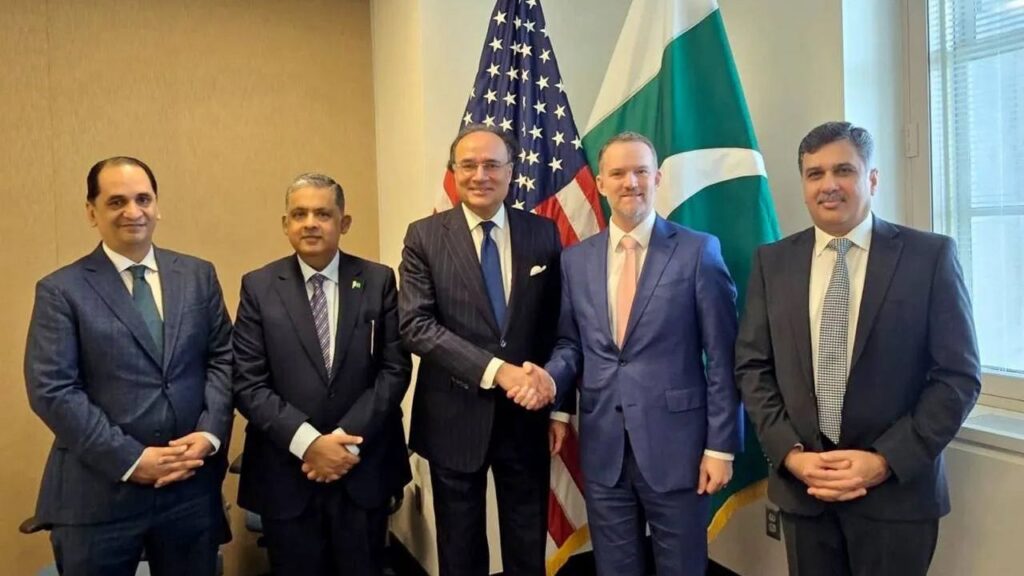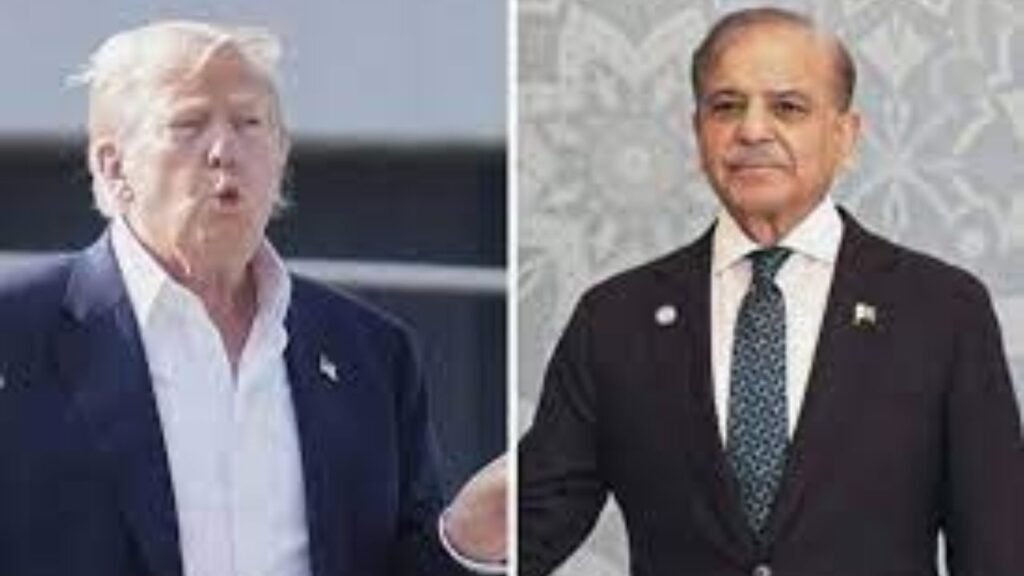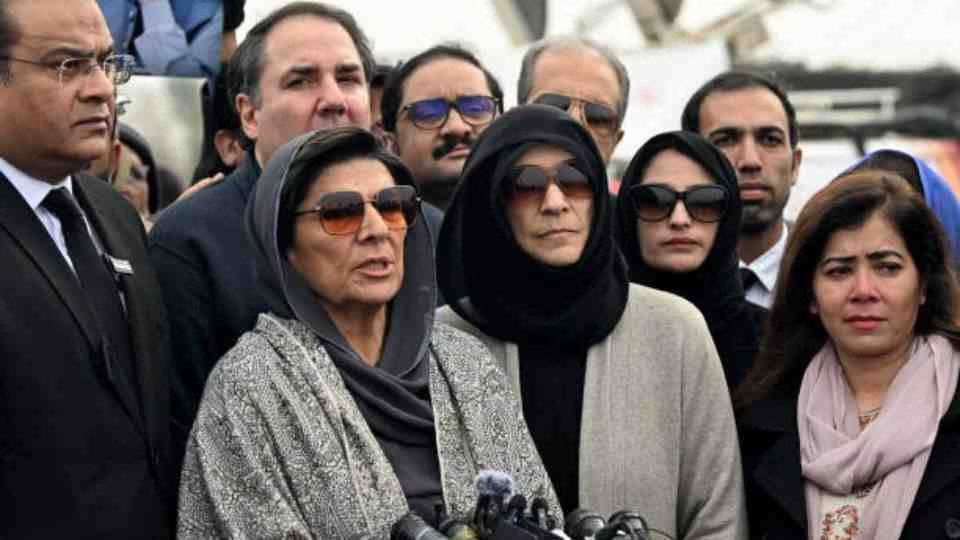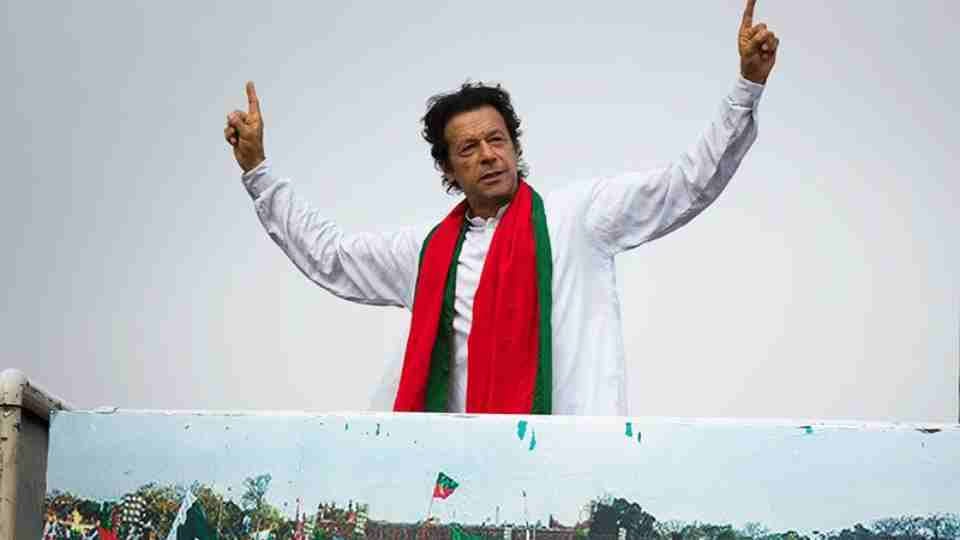U.S.-Pakistan Trade Agreement and Oil Reserves Development
On July 30, 2025, U.S. President Donald Trump announced a significant trade deal with Pakistan, emphasizing collaboration to develop Pakistan’s “massive oil reserves.” The announcement, made via Trump’s Truth Social platform, highlighted that the United States and Pakistan would work together to tap into these reserves, with a U.S. oil company to be selected to lead the partnership. Trump suggested that this initiative could eventually lead to Pakistan exporting oil to India, a move that could reshape regional energy dynamics.
The deal follows extensive negotiations, with Pakistan’s Foreign Minister Ishaq Dar confirming progress after meetings with U.S. Secretary of State Marco Rubio on July 25, 2025, in Washington, D.C. Pakistan’s Finance Minister Muhammad Aurangzeb also met with U.S. officials, including Commerce Secretary Howard Lutnick and Trade Representative Jamieson Greer, to finalize the agreement. The trade deal is expected to reduce reciprocal tariffs, particularly on Pakistani exports to the U.S., previously facing a potential 29% tariff, which was suspended for 90 days to facilitate talks. While the exact tariff rate remains unspecified, Pakistan’s Finance Ministry described the deal as a “win-win” that will boost bilateral trade, expand market access, and attract U.S. investment in infrastructure and development projects.

Pakistan’s oil reserves, estimated at 332 million barrels of proven conventional crude by the U.S. Central Intelligence Agency, rank the country 52nd globally. Additionally, a 2015 U.S. Energy Information Administration study suggested 9.1 billion barrels of technically recoverable shale oil, primarily in the Indus Basin, though exploration has been limited due to inadequate infrastructure and underinvestment. Most reserves are believed to be in Balochistan, a region marked by insurgency, where separatist groups like the Balochistan Liberation Army oppose resource extraction by foreign firms. Other potential reserves exist in Sindh, Punjab, and Khyber Pakhtunkhwa.
The agreement aligns with Trump’s broader trade strategy to reduce the U.S. trade deficit, which reached $971 billion in 2024. Total U.S.-Pakistan goods trade was $7.3 billion in 2024, with a $3 billion U.S. deficit, largely due to Pakistani textile exports. Trump’s announcement also came shortly after imposing a 25% tariff on Indian goods, citing India’s trade with Russia, which adds a geopolitical layer to the U.S.-Pakistan deal, especially given Trump’s suggestion of future oil sales to India.
Pakistan’s Prime Minister Shehbaz Sharif welcomed the deal, crediting Trump for his role in its finalization. The agreement is seen as part of Washington’s efforts to strengthen ties with Asian nations to counter China’s influence, with Pakistan designated as a “major non-NATO ally.” However, a subsequent post on X indicated that Trump signed an executive order imposing a 19% tariff on Pakistani goods, suggesting potential complexities in the trade relationship.
Pakistan-Iran Bilateral Cooperation and Nuclear Support
In parallel, Pakistan and Iran have committed to enhancing bilateral cooperation, aiming to increase trade to $10 billion. This pledge was made during recent diplomatic engagements, with Pakistan expressing support for Iran’s peaceful nuclear program. The commitment reflects both nations’ interest in deepening economic ties, particularly in energy, trade, and regional connectivity. While specific details on the timeline and sectors for this trade target remain limited, the agreement underscores Pakistan’s strategic balancing act in its foreign policy, maintaining relations with both Western and regional powers like Iran.
This dual development—U.S. collaboration on oil and Pakistan-Iran trade ambitions—positions Pakistan as a key player in regional energy and economic dynamics. However, challenges such as Balochistan’s security issues, geopolitical tensions involving India, and the technical complexities of oil exploration could impact the implementation of these agreements. Analysts are cautiously optimistic, awaiting further details on both the U.S. oil partnership and the Pakistan-Iran trade framework.






